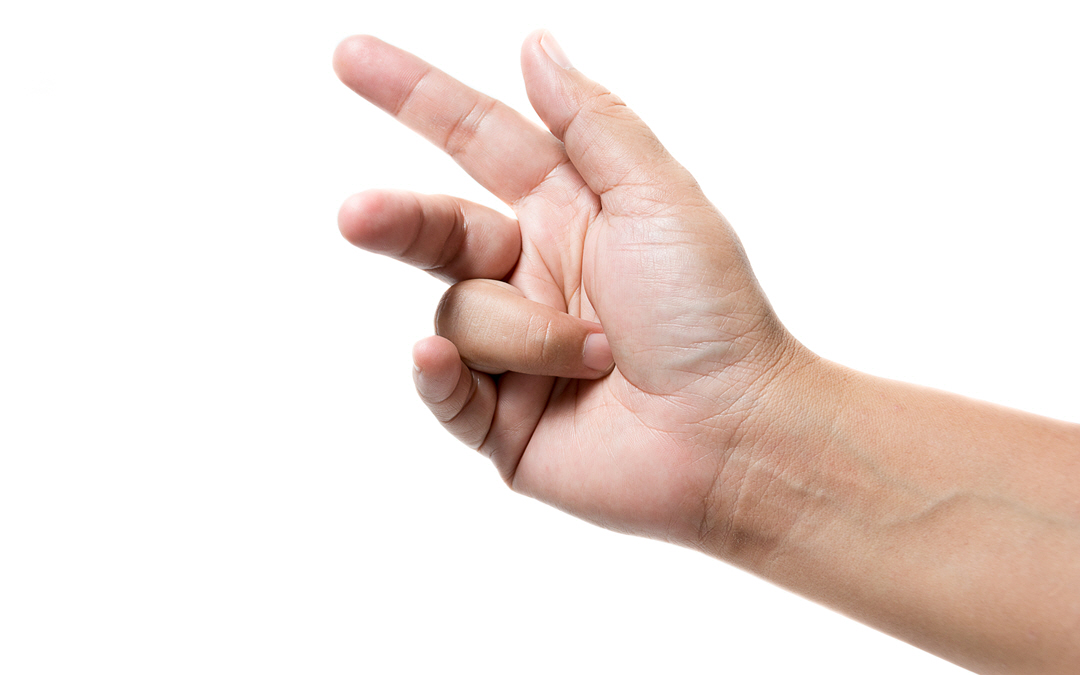In the realm of hand surgery, percutaneous release surgery for trigger finger stands out as a minimally invasive and highly effective treatment option. This innovative approach offers numerous advantages over traditional open surgery, making it an attractive choice for a diverse range of individuals. Let’s explore the key demographics that may find percutaneous release surgery particularly appealing:
- Active Individuals: For those who lead active lifestyles, the prospect of a quicker return to their regular activities is paramount. Percutaneous release surgery offers just that – its minimally invasive nature and faster recovery time enable active individuals to resume sports, hobbies, and work sooner.
- Working Professionals: Office workers, musicians, artists, and manual labourers alike rely heavily on their hands for their livelihood. Minimising downtime and postoperative discomfort is essential for maintaining productivity and income, making percutaneous release surgery an attractive option for working professionals.
- Patients with Multiple Finger Involvement: Dealing with trigger finger in multiple fingers can be particularly challenging. Percutaneous release surgery presents a solution by allowing for simultaneous treatment of multiple fingers during a single procedure, reducing the overall recovery time for these patients.
- Elderly Patients: Older adults may have concerns about the risks associated with traditional open surgery. Percutaneous release surgery offers a safer alternative with its minimally invasive nature and reduced risk of complications, making it an appealing choice for elderly patients seeking relief from trigger finger symptoms.
- Patients with Needle Phobia: For individuals with a fear of needles or medical procedures, the idea of percutaneous release surgery may be less intimidating than traditional open surgery. The use of a needle for the release procedure is perceived as less invasive and may alleviate anxiety associated with undergoing surgery.
- Cosmetically Conscious Patients: Scarring and cosmetic outcomes are significant considerations for many patients. Percutaneous release surgery typically results in smaller incisions and less visible scarring compared to traditional open surgery, appealing to those who are conscious of their appearance.
- Patients Seeking Convenience: Convenience and efficiency are valued traits in medical treatment. Percutaneous release surgery offers an outpatient experience, shorter procedure time, and quicker recovery, aligning with the desire for a streamlined healthcare experience.
- Physically Disabled Individuals: Those with physical disabilities rely heavily on their hands and arms for essential functions. For these individuals, any disruption to hand function due to trigger finger can significantly impact their independence and quality of life. Percutaneous release surgery provides immediate relief from trigger finger symptoms with minimal downtime, enabling physically disabled individuals to maintain crucial functions and activities essential to their daily lives.
In conclusion, percutaneous release surgery for trigger finger offers a multitude of benefits that cater to diverse patient demographics. Its minimally invasive nature, faster recovery time, reduced risk of complications, and immediate post-surgery use of hands and wrists make it a compelling treatment option for those seeking relief from trigger finger symptoms. If you or a loved one are experiencing trigger finger, consider consulting with a healthcare professional to explore the potential benefits of percutaneous release surgery.

